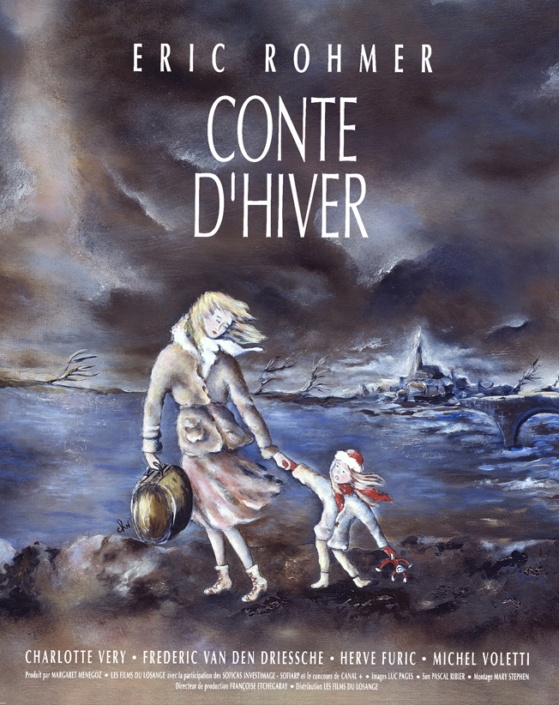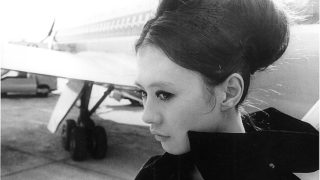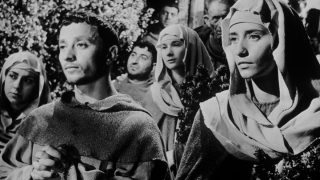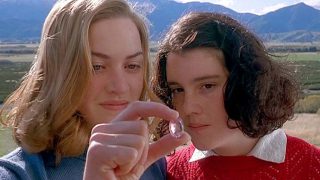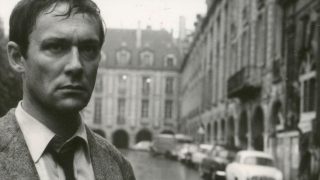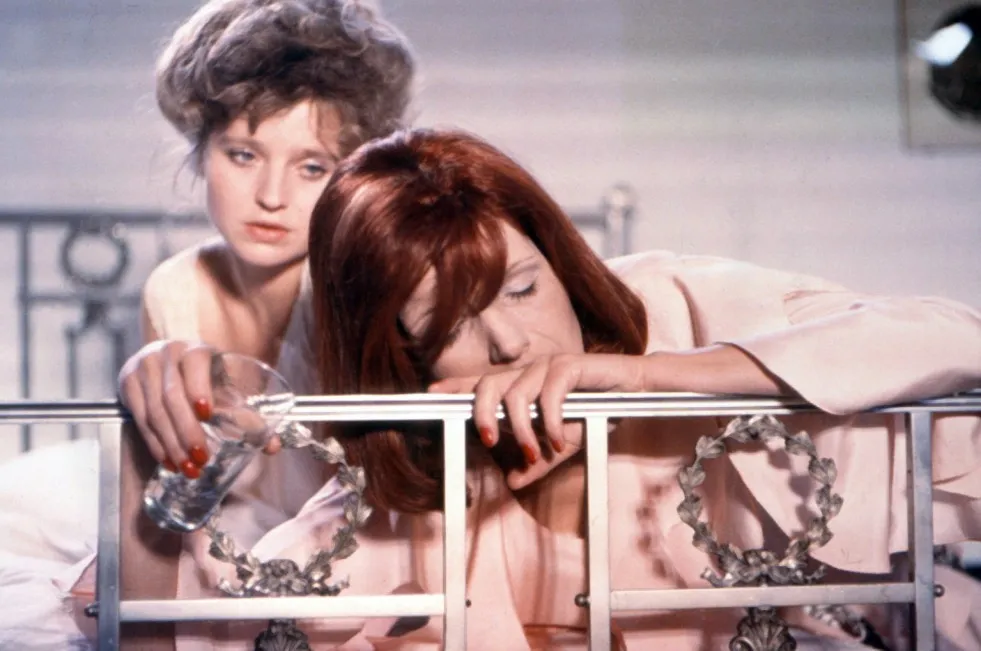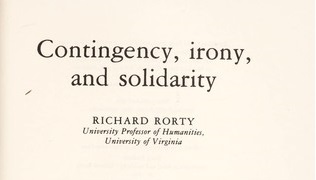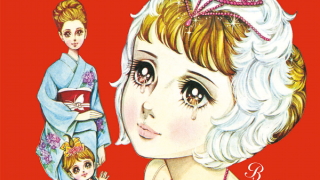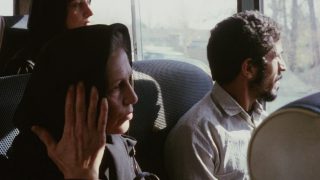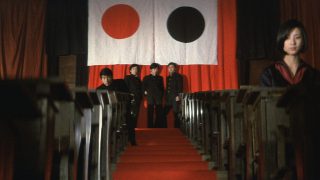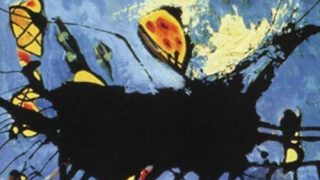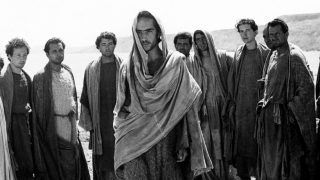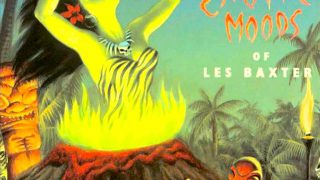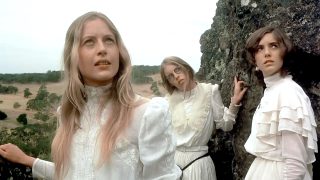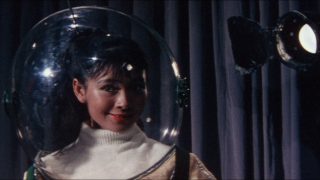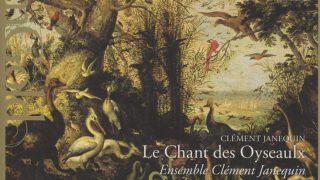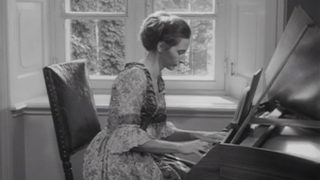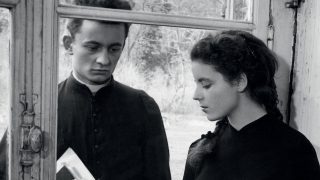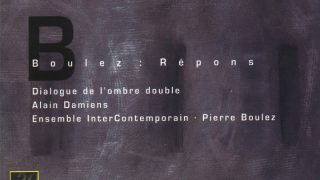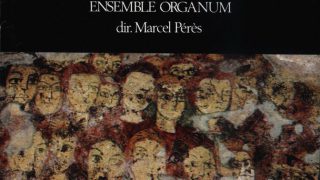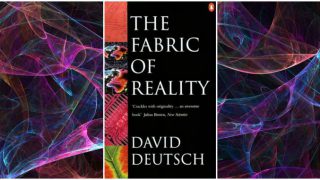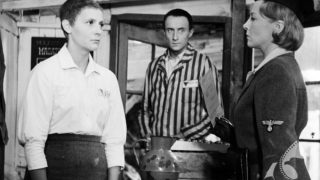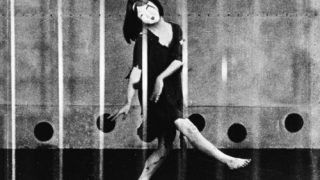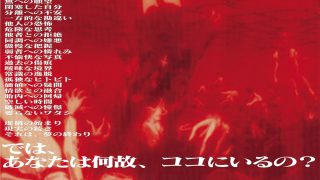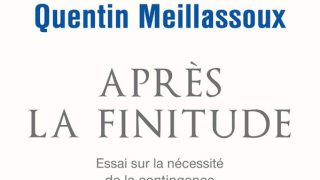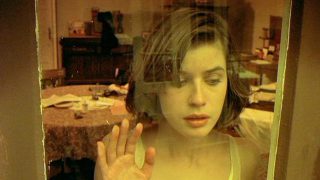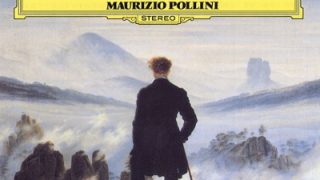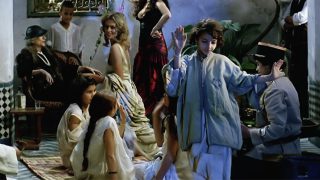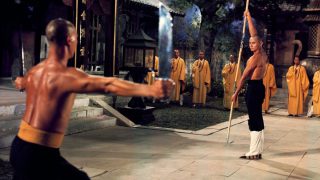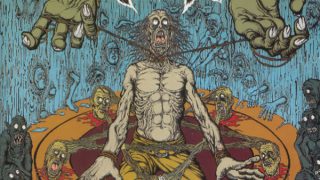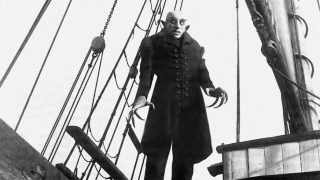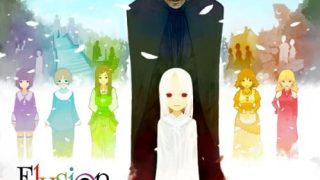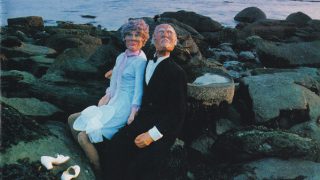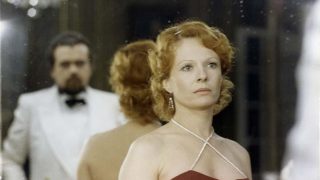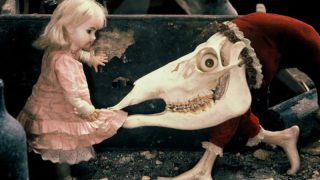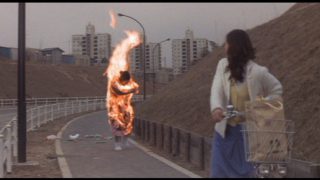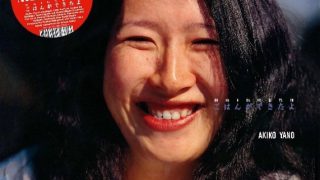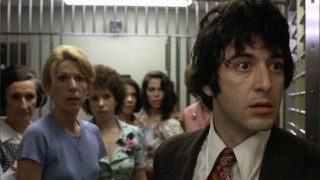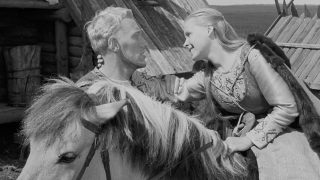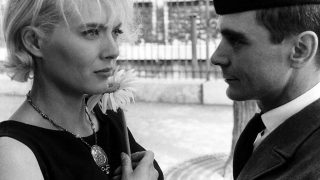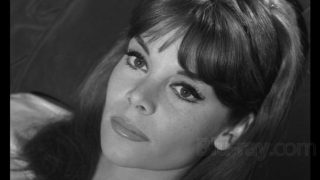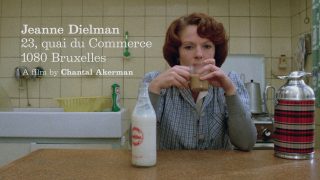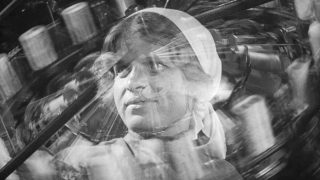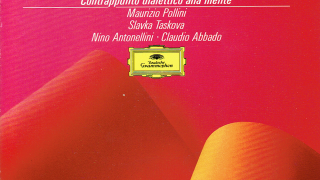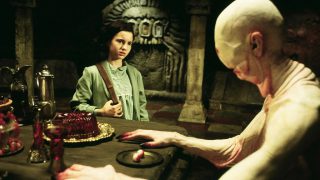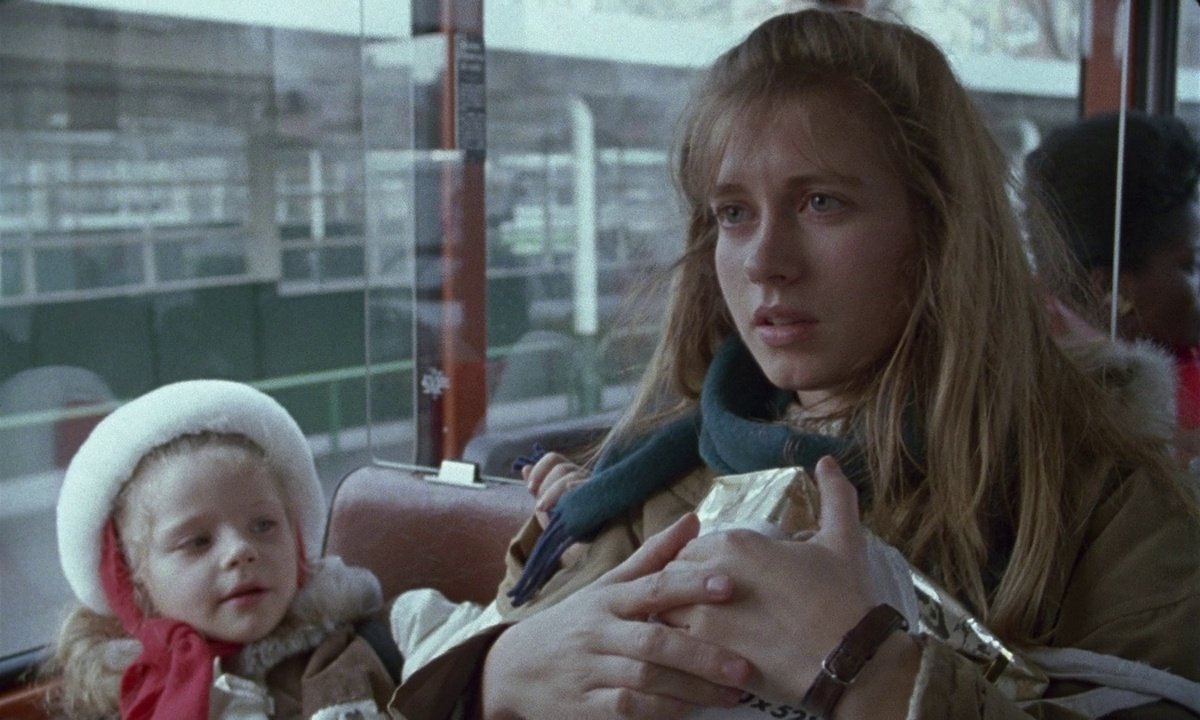Overview
“A Tale of Winter (Conte d’hiver)” is a 1992 French drama film about a woman, who parted and lost contact with her lover by mistake. It was written and directed by Éric Rohmer. It is the second of Rohmer’s “Tales of the Four Seasons (Contes des quatre saisons)”. 114 minutes.
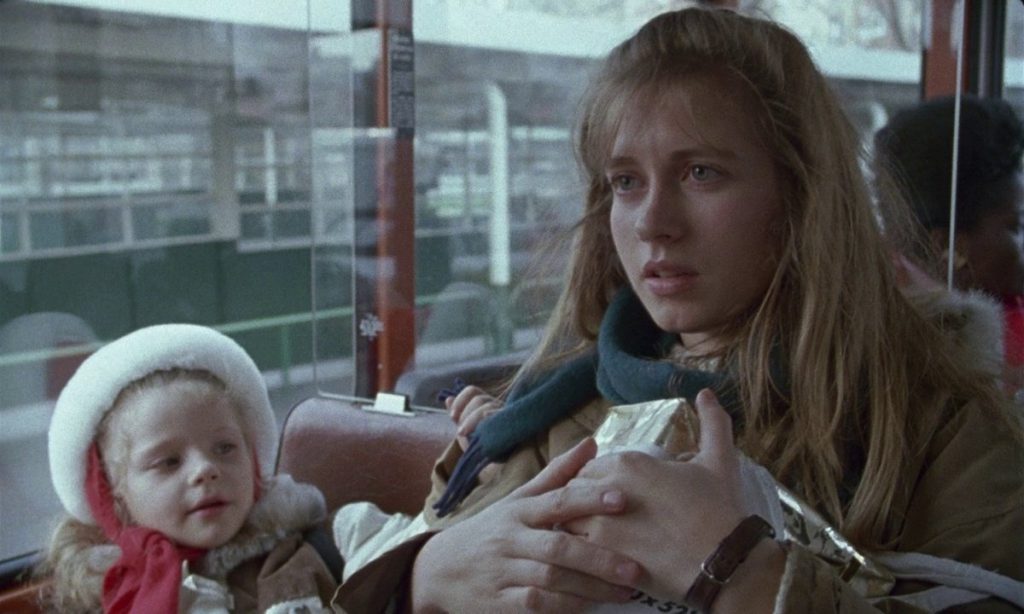
Plot
During her summer holidays in the Gulf of Morbihan in Brittany (Bretagne), Félicie (Charlotte Véry) falls in love with a young trainee chef named Charles (Frédéric van den Driessche), and they make passionate love with each other. However, they lose contact with each other because she gave a wrong address to him, confusing Levallois with Courbevoie.
Five years later, on December 14, Félicie lives in Paris with her mother, working as a hairstylist in a hair salon managed by an older man, Maxence (Michel Voletti). She is raising Charles’ 5-year-old daughter, Élise.
A photo of Charles is displayed in Élise’s room.
Félicie continues to have a glimmer of hope that she might be able to meet Charles again. But at the same time, she has two lovers. She has a romantic relationship with Maxence, though he is a married man. She is also having a relationship with a librarian named Loïc (Hervé Furic).
Maxence is going to move from Paris to his home city Nevers in central France and to manage a hair salon there after divorcing his wife. Félicie decides to follow him with Élise.
Maxence moves to Nevers and starts up his hair salon there before Félicie comes.
On Sunday, December 16, Félicie comes to Nevers and has a look around the city with Maxence. They visit the Saint Gildard Convent and see the body of Saint Bernadette, known for experiencing “The Marian Apparitions at Lourdes”, placed in the glass reliquary at the chapel.
Félicie visits the house of Loïc, where he argues with his female friend Edwige, who believes in reincarnation. Félicie says goodbye to Loïc after his friends leave.
Félicie moves to Nevers with Élise just after Christmas. She starts living with Maxence, working in his hair salon.
However, Félicie’s life with Maxence did not last long.
Maxence becomes increasingly frustrated with Félicie, who cannot concentrate on her work because she works while raising her kid.
After visiting the chapel of the Saint Gildard Convent with Élise, Félicie finds that she can never love Maxence the way she loves Charles.
Félicie leaves Maxence and moves back to Paris with Élise.
Félicie comes to see Loïc working at his library. She goes to watch William Shakepeare’s play “The Winter’s Tale” with Loïc that night, and she is moved to tears, seeing the scene in which Queen Hermione is resurrected.
Loïc puts Félicie in his car and drives back to his home. In the car, Félicie tells him that she still hasn’t given up on meeting Charles again, saying that she bets her life on the miracle of the reunion. She talks about the immortality of the soul. Loïc associates her thoughts with philosophical arguments, such as “Pascal’s wager” on the existence of God and Plato’s theory of anamnesis (recollection).
On December 31, Loïc invites Félicie to spend the evening at his home, but she turns him down and goes home after shopping with Élise. On the bus ride home, Félicie and Élise sit opposite a couple. The man of the couple recognizes Félicie and speaks to her. It is Charles, and the woman next to him is his old friend Dora.
Commentary
“A Tale of Winter” is a drama film inspired by Shakepeare’s romantic tragi-comedy “The Winter’s Tale”. It also appears as a play within a play in the film.
The film depicts a woman’s story of loss and reunion as a kind of allegory. Félicie parted and lost contact with Charles, her loved one, but she maintains a faith that she will be able to meet him again, resulting in the reunion with him by a miracle or lucky coincidence.
In the film, the theme of faith is combined with a romantic love story.
The film is similar in theme and plot to Rohmer’s early masterpiece “My Night at Maud’s (Ma nuit chez Maud)” (1969).
The images of the film are grainy because it was intentionally shot on 16 mm film (Super 16) and was enlarged to 35 mm.
The color contrast between the bright summer scenes and the scenes in winter Paris based on gray is impressive.
The film was entered into the 42nd Berlin International Film Festival in 1992, and won the FIPRESCI Prize.
